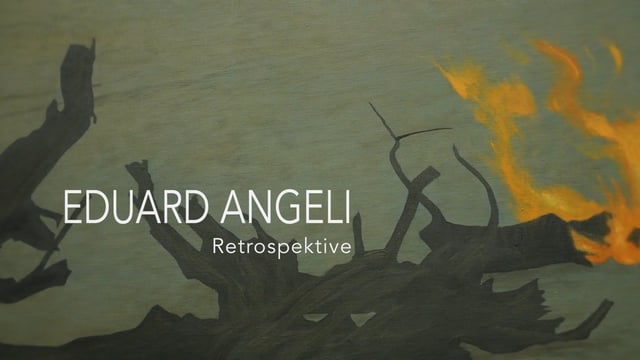William Anthony - Comedy of Errors
The art world is one which takes itself very seriously. Whether it is in the hushed classrooms of art schools where aspiring students dutifully sketch nude models, or in the fancy words of the latest review in the glossy pages of a top art magazine, or in the hallowed, guarded, temperature-controlled halls of a prestigious national museum, fine art is nothing to be laughed at – apparently.
There was a time when William Anthony wanted to be taken “seriously”. But then came the day when he finally got through to his drawing students. He thought he would demonstrate the classic “don’t”s of figure drawing by incorporating them into one representative form. Then, something interesting happened. They laughed. He had somehow struck a chord. “Learning from mistakes” seemed to have made the greatest impact on his students.
From that moment on, Anthony decided to play the fool. If it wasn't for Anthony's subject matter, one would think that his “scrawl”-ings had been done by a child. But upon closer examination, they reveal not only a meticulously developed style based on intentional “errors” and deliberate erasures, but also an eclectic set of influences and inspirations that draw from many genres and famous works of art, as well as a broad base of historical and current events that lend themselves to being lampooned.
Taking a cue from the pop art movement that was in full bloom at the time of his own development, Anthony quickly learned to develop not only a keen eye, but also a keen ear for picking up on ridiculous occurrences. Strange magazine covers, art historical and cultural anecdotes, and of course, multitudes of both well- and lesser- known artworks became the fodder for his hilarious yet well-observed and insightful repertoire of satires.
The comic approach of his work has landed his works on the pages of Warhol’s Interview magazine and ArtForum, and in galleries and museums around the world, as well as being compiled in books that cover not only drawing techniques, but also such lofty subjects as World War II and the Bible. He is a favorite among art critics, as his witty references range from such diverse artists as Fragonard and Bosch, to Manet and Hockney. In Anthony’s world, no artist is too high to be sent up. Lucky for them, because this is where the fun starts. (jn)
Das könnte Sie auch interessieren

Eduard Angeli - Retrospective
21. April 2017
STRABAG ARTAWARD INTERNATIONAL 2019
7. October 2019
FLORINA LEINSS. Online Eröffnung zur Ausstellung "Split Sight" im STRABAG Kunstforum.
7. May 2021
KALTER KRIEG UND ARCHITEKTUR. Beiträge zur Demokratisierung Österreichs nach 1945
12. November 2019
Homo Fabre - in the realm of the Blue Hour
16. May 2011
Masterworks of Architectural Drawing from the Albertina Museum
7. February 2018
Suse Krawagna - Abstract Painting Now!
2. October 2017
